
TIA
完全摊薄估值
QAR7,316,360,585.08
24H 现货交易量
QAR173,068,574.44
项目开始时间

2023年10月31日
关于
1. Background IntroductionCelestia is a modular blockchain network designed to enable scalable and secure decentralized applications (dApps). It focuses on providing a flexible framework for developers by separating execution from consensus, allowing for greater customization and scalability. The project aims to address the limitations of traditional monolithic blockchains by introducing a modular architecture.2. Core Website ContentThe Celestia website highlights its modular blockchain approach, emphasizing its ability to simplify blockchain deployment. Key sections include an overview of modular blockchains, developer resources, and community initiatives. The site also features technical documentation, blog posts, and updates on network progress. The main value proposition is enabling developers to launch their own blockchains with minimal overhead.3. Technical FeaturesCelestia's technology is built around modularity, featuring Data Availability Sampling (DAS) for scalable data verification and a separation of consensus from execution. It uses Tendermint for consensus and supports rollups for execution layers. The network is designed to be lightweight, focusing solely on ordering transactions and ensuring data availability, leaving execution to other layers.4. Token EconomicsThe native token, TIA, is used for staking, governance, and paying for transaction fees. The tokenomics model emphasizes security and decentralization, with incentives for validators and delegators. The website provides details on token distribution, including allocations for public sales, ecosystem development, and team reserves. Staking rewards and inflation mechanisms are also outlined.5. Similar Competitor ComparisonCelestia competes with other modular blockchain projects like Ethereum (with its rollup-centric roadmap) and Cosmos (with its app-chain focus). Unlike Ethereum, Celestia does not handle execution, focusing solely on consensus and data availability. Compared to Cosmos, Celestia offers a more specialized data availability layer, while Cosmos provides a broader SDK for building blockchains. Polkadot and Avalanche are also indirect competitors in the modular blockchain space.6. Risks and ChallengesKey risks include adoption hurdles, as developers may prefer established ecosystems like Ethereum. The modular blockchain concept is still unproven at scale, and Celestia must demonstrate real-world utility. Competition from other layer-1 and layer-2 solutions is intense. Additionally, the success of Celestia depends on the growth of rollups and other execution layers that rely on its data availability.7. Industry FutureCelestia positions itself at the forefront of the modular blockchain trend, which could redefine how blockchains are built and scaled. As the demand for scalable solutions grows, Celestia's focus on data availability and modularity may become increasingly relevant. The project could benefit from the rise of rollups and app-specific chains, but it must navigate a rapidly evolving competitive landscape.8. SummaryCelestia is an innovative project aiming to revolutionize blockchain architecture through modularity. Its focus on data availability and separation of concerns offers a unique value proposition for developers. While the technology is promising, success depends on adoption, ecosystem growth, and the ability to outperform competitors. The website effectively communicates its vision and technical advantages, positioning Celestia as a key player in the future of scalable blockchains. 更多>












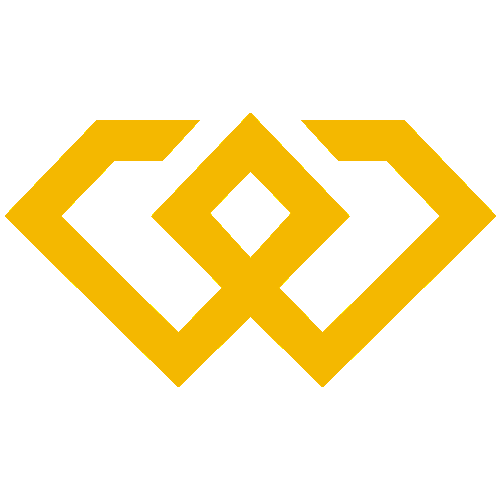










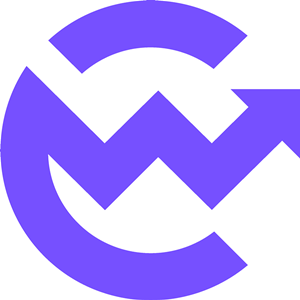

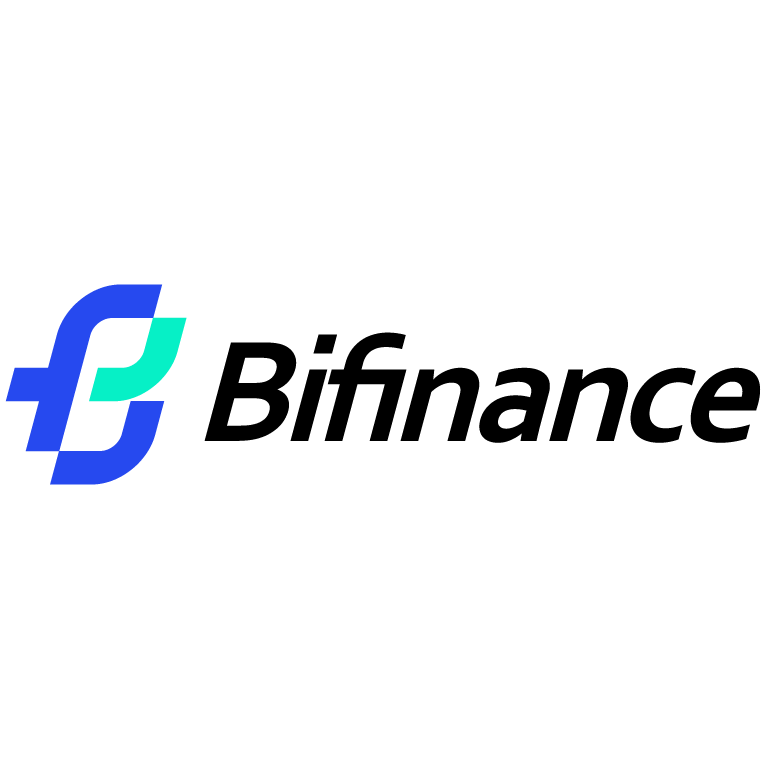

















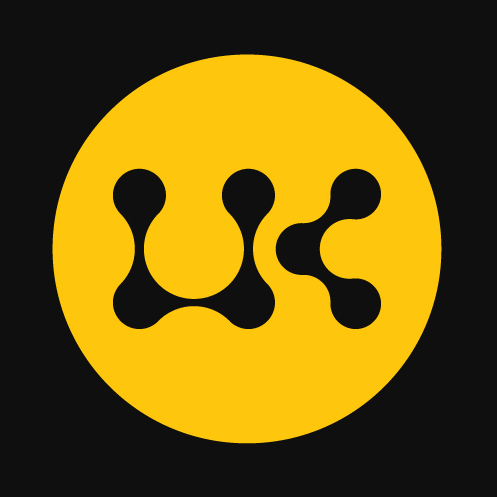



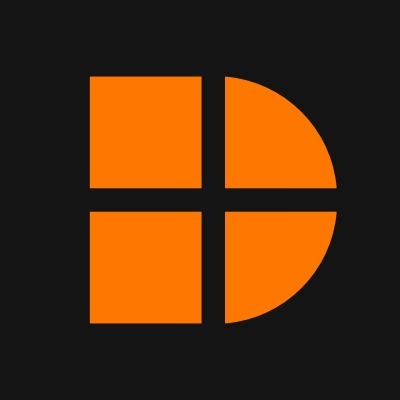



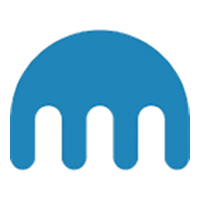








 看多
看多
 看空
看空